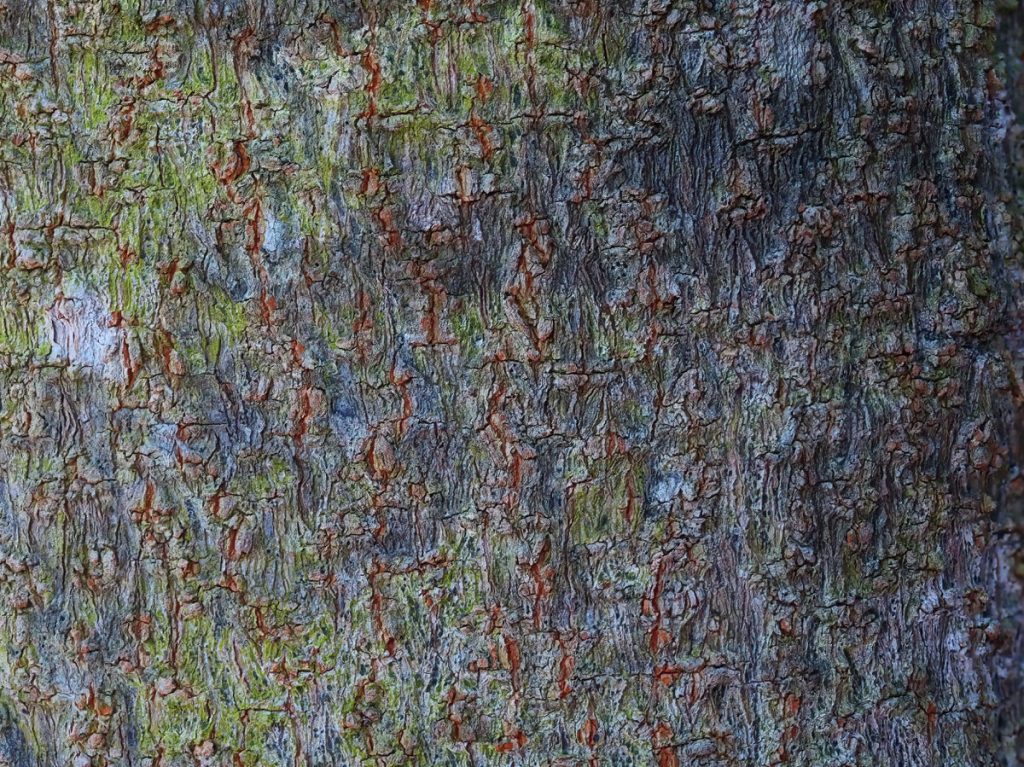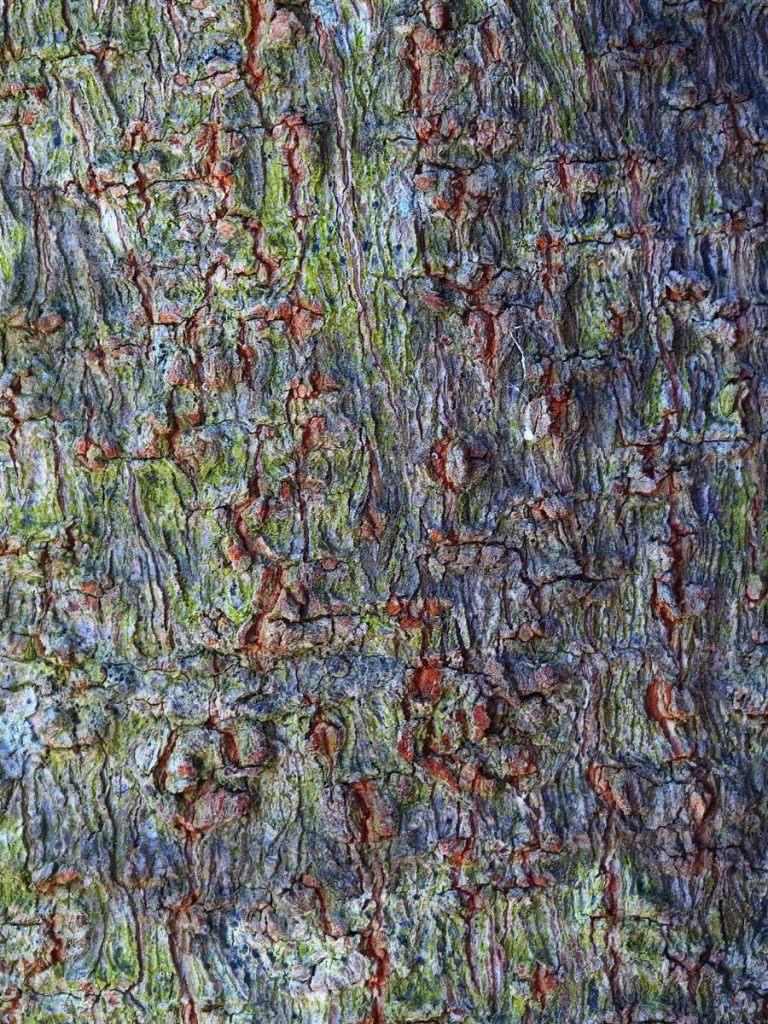Photo from the helicopter trip The Doc took at Lorella Spring Station, North Territory. There are still some gems in the photo library. The day was very overcast, on the trip we visited various lost cities (rock formations), then flew down the river to visit The Gulf of Carpentaria. The Doc still needs to properly sort the images from this helicopter trip.
The helicopter landed on the beach to the right and we explored and then had morning tea.

























You must be logged in to post a comment.